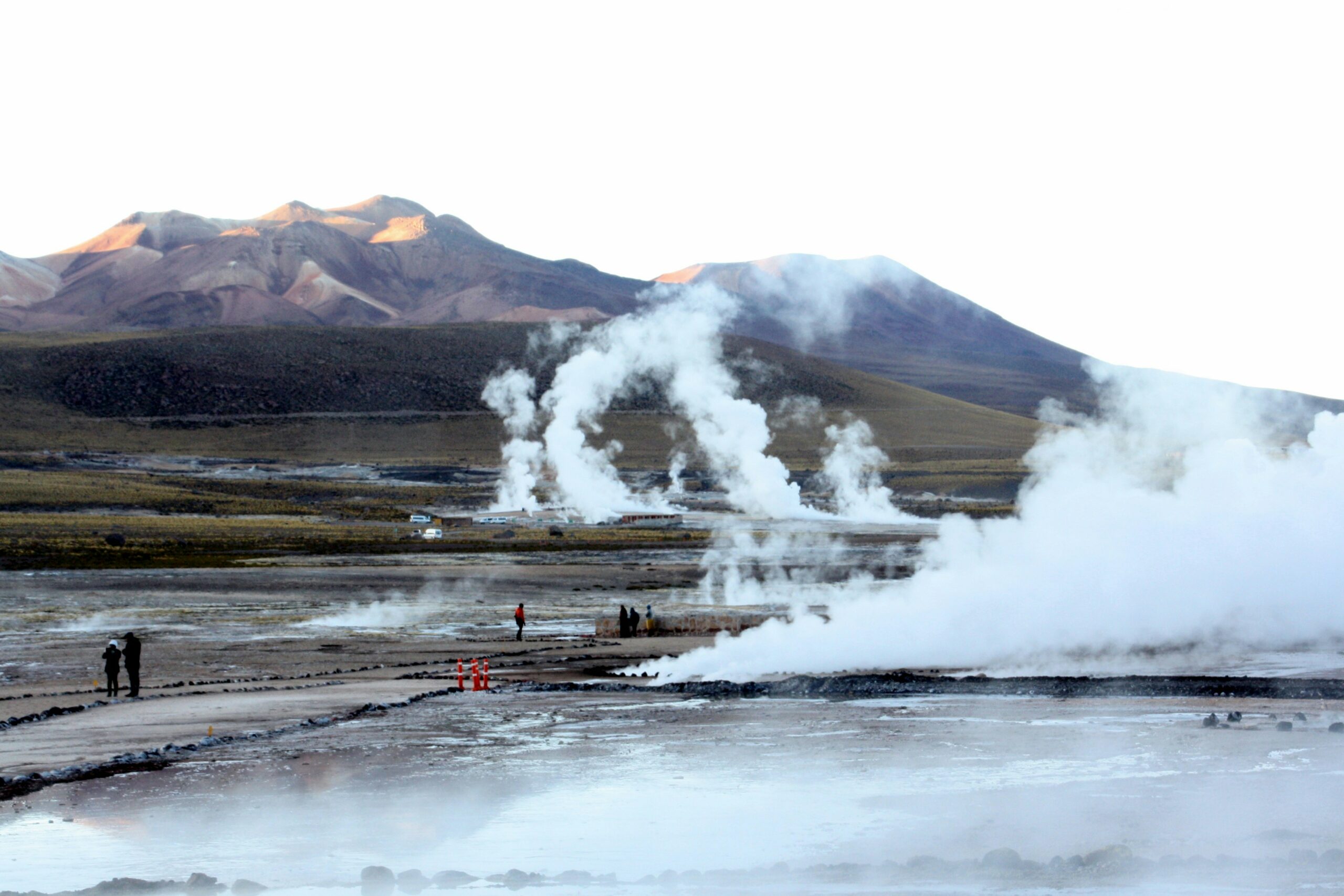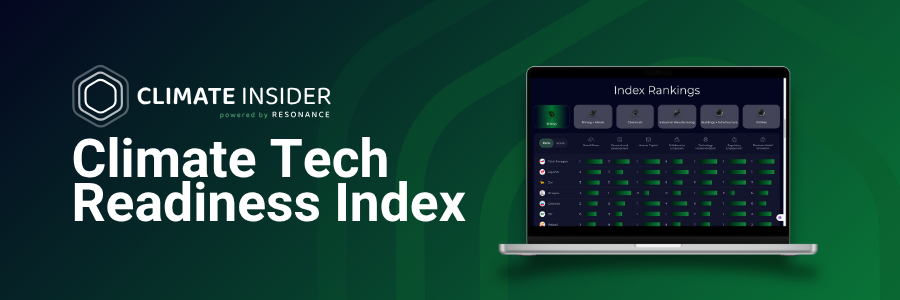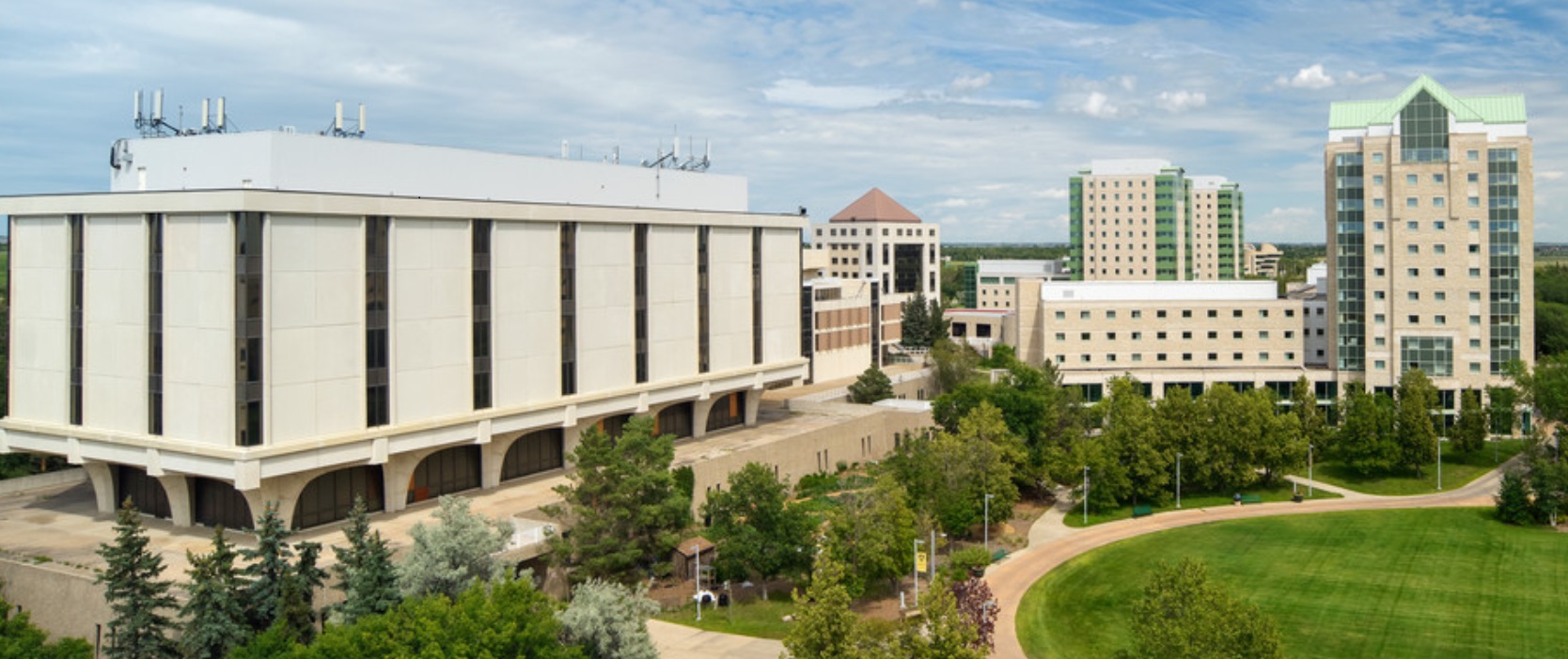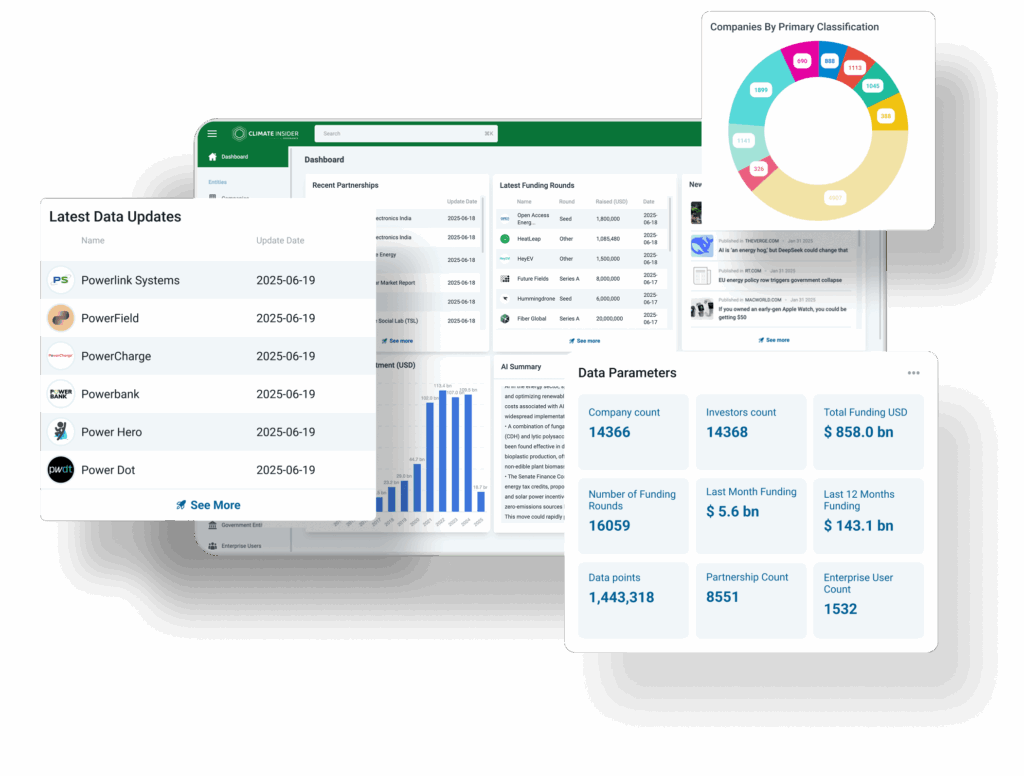Canada’s Growing Interest in Geothermal Energy
Canada is warming up to a potential new energy source: geothermal energy.
Though in operation for decades in other areas of the world – including Iceland, Indonesia, and New Zealand, to name a few – the energy source is only attracting interest and investment in Canada.
Geothermal Energy Projects Emerging Across Canada
One hybrid project is already in operation, at the Swan River facility in Alberta, mixing geothermal and natural gas. In 2023, an estimated 21.9 gigawatt-hour of geothermal electricity was produced in the province, with an estimated 21% growth per year until 2033.
Several pure geothermal projects is gearing up for production in the coming years. These include the DEEP geothermal power facility in southern Saskatchewan, as well as two projects in Alberta. The No.1 Geothermal project will produce 10MW of clean baseload electricity, and the Novus Earth Latitude 53 project will have a 3.1 MW capacity.

Another geothermal project in British Columbia, Tu Deh-Kah, is owned by Fort Nelson First Nation, and will be the first commercial-scale geothermal electricity generating plant in the province.
Interest in geothermal energy has only increased since the pressure to decarbonize energy systems has intensified. The heat can provide nonstop energy for electricity generation, heat production, and storage, the International Energy Agency (IEA) highlighted in a December 2024 report. Geothermal power can provide the baseload power that solar and wind energy cannot (without battery storage), the IEA said.
Geothermal power has enormous potential to meet the need for increased electricity and energy demand in a warming world, the IEA noted. Though currently geothermal only meets less than 1% of energy demand worldwide, it could meet up to 15% of global electricity demand growth to 2050.
“The full technical potential of next-generation geothermal systems to generate electricity is second only to solar PV among renewable technologies and sufficient to meet global electricity demand 140-times over,” the IEA said in the report.
Geothermal Energy Benefits
“Canada is an anomaly” in the world for not using geothermal energy widely, Geothermal Canada President Dr. Steve Grasby told Climate Insider.
The great benefit to geothermal energy as opposed to other forms is that it is dispatchable, he said.
“It can easily ramp up and down to meet variable load demands,” he said. “One of the challenges with a nuclear plant, is that it’s happiest running at a constant, stable level. It’s great for baseload, but when it’s the cooking hour demand peak [in early evening], you’d need other energy sources to meet the peaks for that.”
He cautioned that geothermal is not the end solution for all energy needs.
“I honestly don’t think geothermal is the solution for everything,” Grasby said. “In Canada, it could play a significant role in balancing other systems,” he said, suggesting that integrating renewable energy with geothermal could be a promising avenue to pursue.
Geothermal energy is a great fit for Canada because of where it’s located, and how it overlaps with existing skills, Vice President Emily Smejkal told Climate Insider.
Most geothermal energy is located in the west of Canada, which has a long history of oil and gas exploitation, Smejkal said.
“Because Canada has such a strong background in oil and gas and a deep expertise in drilling, [accessing geothermal heat] isn’t a technological issue,” she said. “We know where the resources are, and how to access it.”
Why Geothermal Energy Cost Is a Barrier to Growth in Canada
Despite its potential, geothermal energy cost remains one of the biggest challenges, as well as the economic risk to investors.
“We can sell a barrel of oil right now for 10 times the value of hot water from geothermal energy,” she said. “It’s the same [drilling] costs, but it takes 10 times longer to make the same amount of money.”
There are several ways to overcome geothermal energy costs, and to encourage more investors and companies to tap into this energy resource, they said.
Front end geothermal energy costs are significantly higher than for oil and gas projects, Smejkal said. In this scenario, it makes more sense for governments to take the lead in developing geothermal projects, and de-risk the investment.
“Investors are more used to [immediate] oil and gas returns on heat and electricity, Smejkal said. “For geothermal, you’ll need months or years, and need more of a utility or infrastructure approach to it.”
How Canada Can Overcome the Challenges of Geothermal Energy Cost
Canada will also need to upgrade its regulations, so that more companies would be willing to enter the geothermal energy market, Grasby said.
“That’s one of the barriers, the lack of a regulatory environment,” he said.
“Historically, the only British Columbia had geothermal regulations, and most recently Alberta just instituted some.”
Other jurisdictions like Yukon, the Northwest Territories, and Saskatchewan are looking to develop regulations and adapting their regulations on oil and gas.
However, it’s not so easy to take oil and gas regulations and apply them to the geothermal sector.
“Regulations can adopt oil and gas measures, but it’s not the same kind of thing,” Grasby said.
“You can draw a line on the map and say that’s the edges of that particular oil field, but heat is everywhere – how do you define an area where industry would have exclusive rights or shared rights? There’s no one regulatory system that works for every geothermalenvironment.”
Reasons for Optimism About Geothermal Energy in Canada
Though there remain a number of challenges in developing a mature Canadian geothermal market, the costs for extraction are coming down, Smejkal said.
“Reducing the cost of drilling is really key” to getting geothermal projects up and running, she said.
“There’s been a lot of innovation in the last two or three years in the U.S., which has brought drilling costs down by almost half,” she said.
The Department of Energy funded research for these improvements, she said.
“Some of the success they’ve had, Canada could easily replicate,” she said.
Canada would also benefits from having cold weather, as this helps geothermal systems run better, Grasby said.
“Geothermal engines that convert heat to power are more efficient in colder climates,” he said. “Part of the geothermal system needs to cool vapour that goes through the turbine. In colder climates, you can just use the outside air.”
In terms of costs, while initial drilling costs may be high, continued operating costs are low, Grasby said.
“Costs are on par with wind and solar,” he said. “You establish a plant, get it running, it’s simple to operate” and can run for two years straight before needing to do maintenance.
There’s this perception that geothermal energy is not a viable option in Canada – but that’s only because there hasn’t yet been a Canadian geothermal success story, Grasby said.
The geothermal sector has the opportunity to solve a thorny Canadian problem: while a lot of Canada’s electricity is powered by renewables, 60% of Canada’s heating is powered by non-renewables.
“We need clean heat, not just clean energy,” Grasby said. “One way to do that is to use the heat under our feet.”








